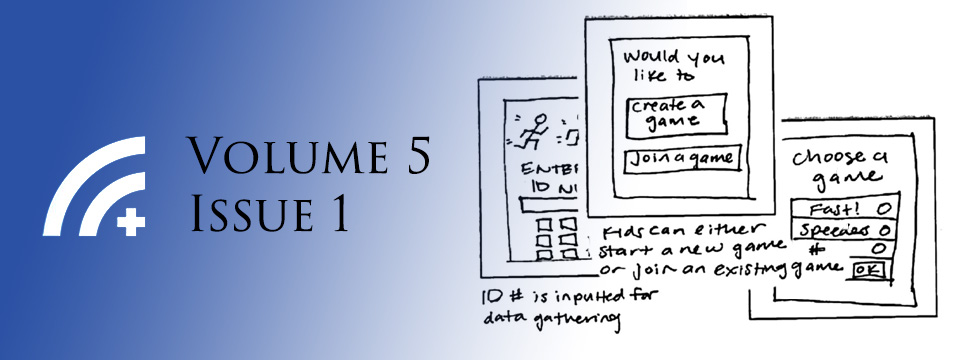A Survey of Japanese Young Adults’ Postures When Using Smartphones before Sleeping
Michitaka Yoshimura, MA1, Momoko Kitazawa, MA1, Taishiro Kishimoto, MD, PhD2,3*, Masaru Mimura, MD, PhD2, Kazuo Tsubota, MD, PhD1
1Department of Ophthalmology, Keio University School of Medicine, Tokyo, Japan; 2Department of Neuropsychiatry, Keio University School of Medicine, Tokyo, Japan; 3Hofstra Northwell School of Medicine, Hempstead, New York, USA
*Taishiro Kishimoto is not a recipient of a research scholarship.
Corresponding Author: t-kishimoto@keio.jp
Journal MTM 5:2:51–53, 2016
Although mobile technologies, devices and software have enriched our lives in many ways, including medical applications, the potential negative effects are often overlooked. A growing amount of evidence suggests that there are potential negative impacts of smartphones on biophysiological processes, especially on sleep.1–6 Studies have shown that blue lights, especially the short-wavelength light (380 ~ 495 nm) emitted from smartphone monitors, disrupts circadian rhythm by retarding nocturnal melatonin production.7


